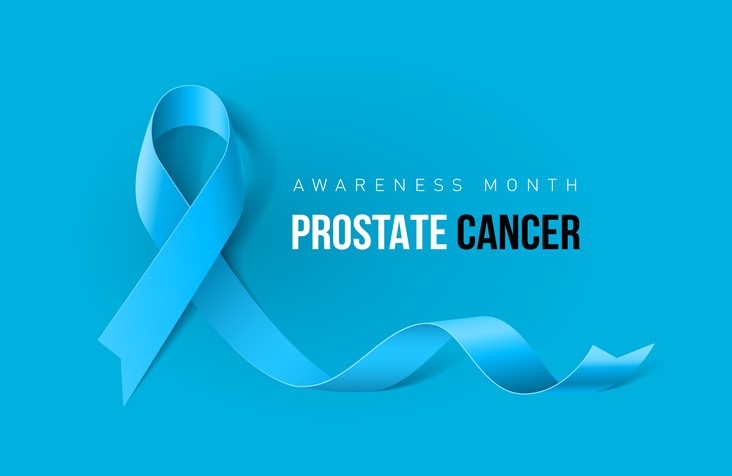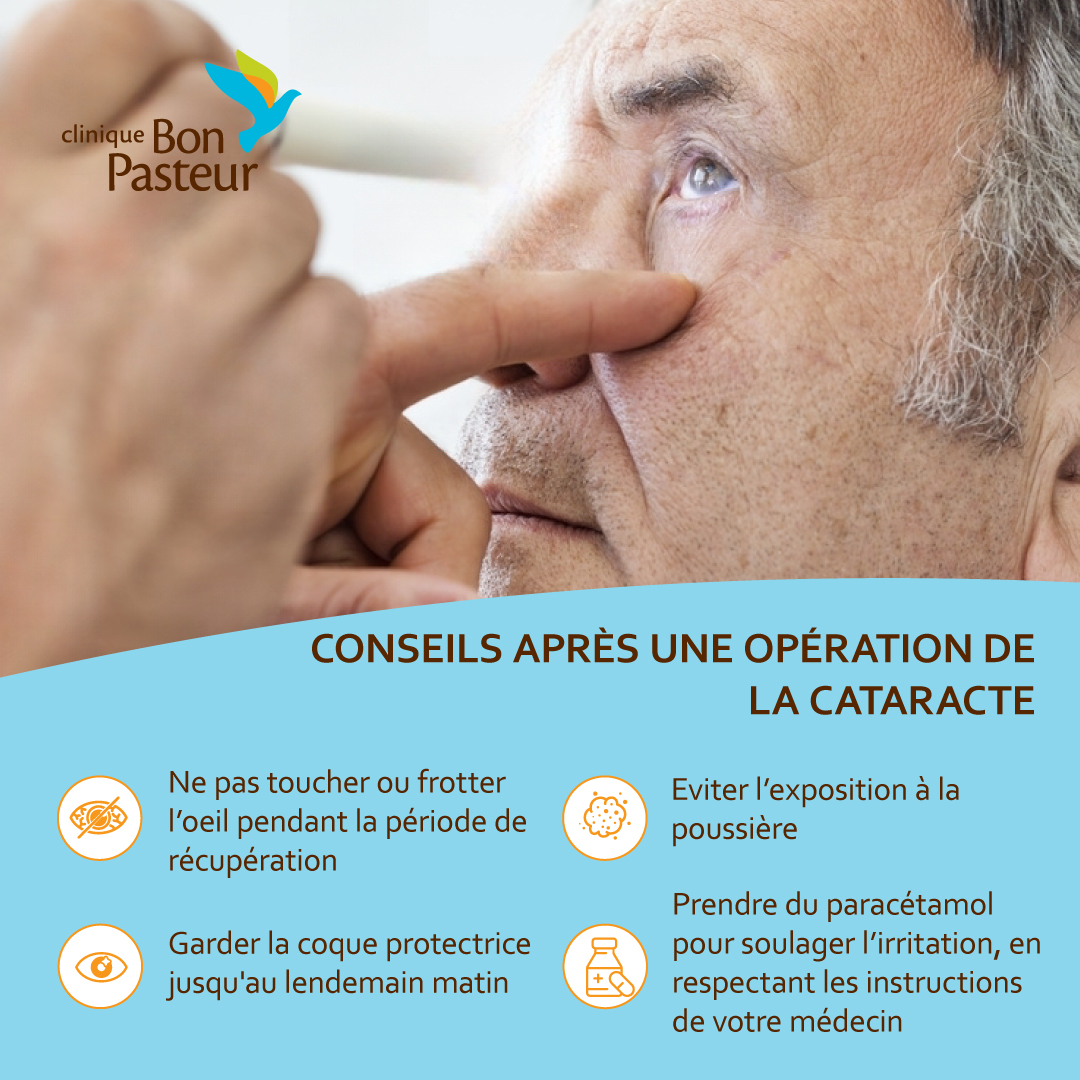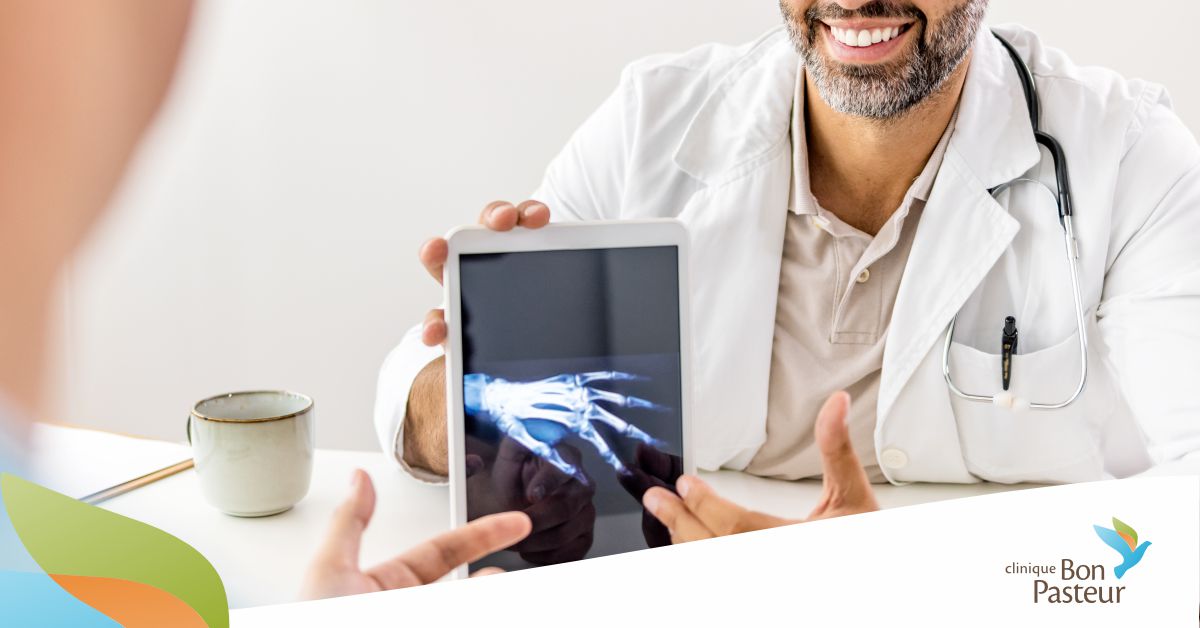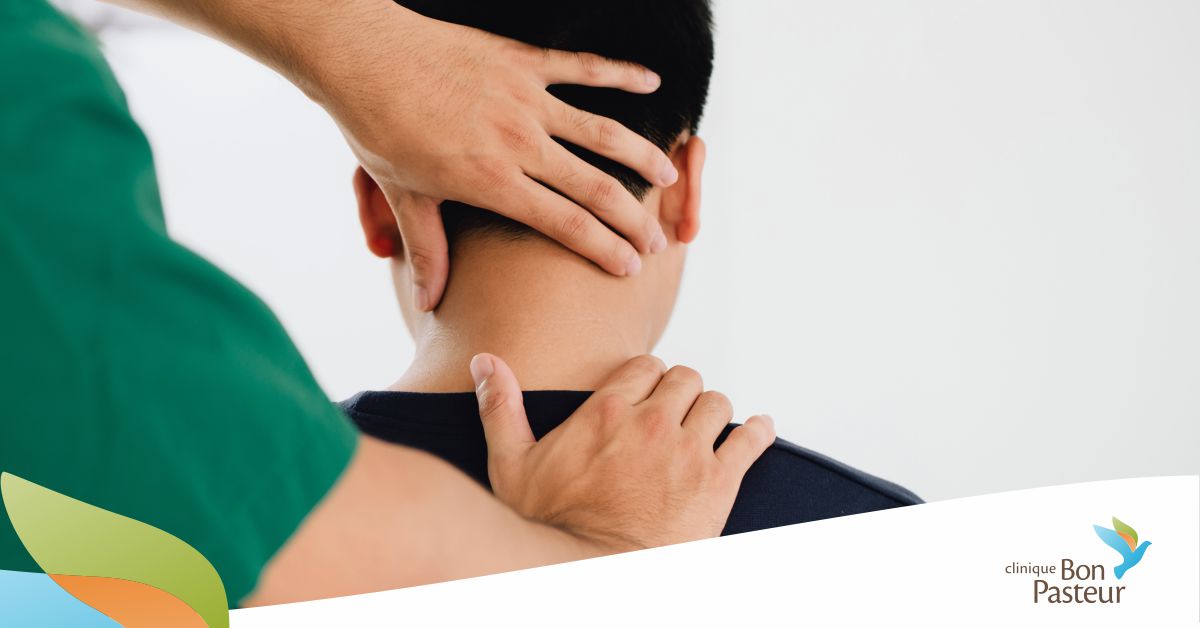According to the French National Cancer Institute, prostate cancer is the most common type affecting men. What are the signs that need to be taken into account?
Here’s what you need to know.
Although the risk of getting prostate cancer before the age of 50 is rather unusual, it gradually increases in incidence as men age. In fact, almost 80% of deaths attributed to prostate cancer start after the age of 75! Although it occurs relatively late in life and progresses rather slowly, early diagnosis can make a big difference.
The most common symptoms are: frequent urge to urinate—particularly at night—, difficulty in doing so, weak urine flow, the feeling of never having completely emptied the bladder, etc. Other symptoms should also alert you, such as the presence of blood in the urine or in the semen, a burning sensation when urinating, painful ejaculation, or persistent pain in the lower back, hips or pelvis.
What should you do if you experience these symptoms? There are several screening tests that can be carried out to detect prostate cancer. The first, a digital rectal examination (DRE), assesses the volume of the prostate to see whether or not there is an abnormal lump. The second, PSA analysis, is carried out by taking a blood sample; if the level of PSA, a protein produced by the prostate, is abnormally high, this could indicate the presence of cancer. Finally, it is also possible to detect an irregularity during an ultrasound scan.
Unfortunately, these tests are not 100% reliable, and opinions are divided as to whether they should be used systematically. Some health organisations, for example, recommend combining these methods for annual screening. The most important thing is to listen to your body and follow your doctor’s recommendations.
If cancer is suspected, the diagnosis is usually confirmed with a biopsy or MRI of the prostate. Although this disease is a slow-moving condition, it is still preferable to detect it early so that treatment can be started as soon as possible. In some cases, the progress of the disease is simply monitored, while in others, rapid treatment is recommended, with surgery, radiotherapy, hormone therapy or, on rare occasions, chemotherapy—treatments that may also require psychological support.
How can this cancer be prevented? Besides age, there are a number of risk factors to watch out for, such as family history and ethnicity. In fact, the risk of developing this disease is twice as high in men of African descent, whereas it is very low in individuals of Asian origin.
Lifestyle may also be a risk factor. Overweight or obese people are more likely to be affected by prostate cancer. Some scientific studies have also determined that an unhealthy diet and a lack of physical exercise both contribute significantly to the development of this disease.
Urology check-ups, nutritional advice, psychological support… Bon Pasteur Clinic can help! Don’t hesitate to make an appointment with one of our specialists by calling 401 95 00 or sending a WhatsApp message to 5 835 38 86.









